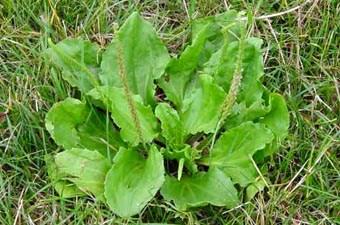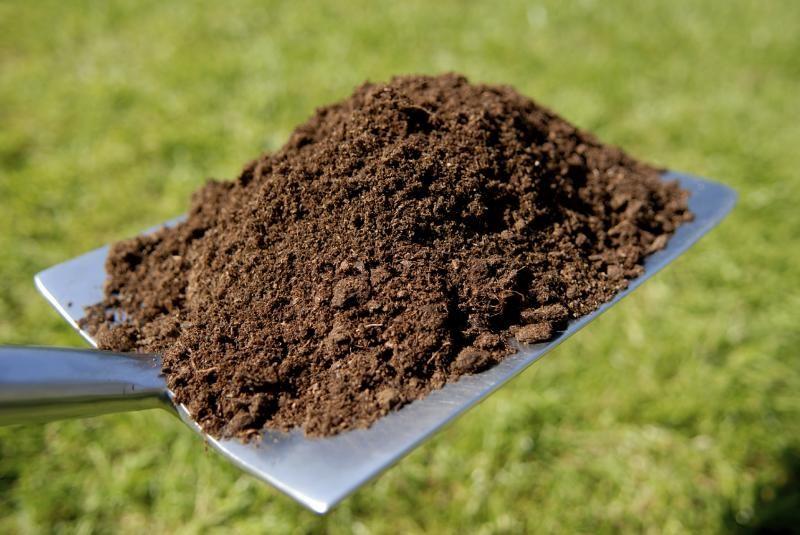
3 minute read
Another Reason For Sneezin
Around the end of July-beginning of August, about a month after your scapes appeared, leaves will begin to yellow. They yellow from the bottom up. Stop watering when several bottom leaves are yellow, but top leaves are still green. Each green leaf represents a layer of the papery wrapper that will rot as each upper leaf dies, so you don’t want to lose too many. Allow the soil to dry about a week before you harvest. To harvest, loosen the soil with a spading fork, gently pull up the heads and shake off the soil. Enjoy fresh or dry the entire plant in a well-ventilated area for 3-5 weeks. When cured, brush off any remaining soil, trim the roots & tops to within 1” of the bulb, and store in a cool, dry, dark place. Some varieties will last in storage for up to a year.
Pickled Garlic
Advertisement
3 cups peeled garlic cloves 1½ cups white distilled vinegar (5%) acidity ½ cup sugar ½ teaspoon non-iodized salt 1 teaspoon pickling spices (optional)
Red chili flakes (Optional for hot garlic) Heat vinegar, sugar, salt and spices to boiling. Boil garlic cloves for 1 minute in a pan of boiling water. Drain and pack hot cloves into hot ½ pint or pint jars leaving ½ inch headspace. Pour boiling brine over garlic, leaving ½ inch headspace. Remove bubbles. Wipe top of jar, adjust lids, process in a boiling water canner for 10 minutes. After processing, take canner off heat. Remove lid and wait 5 minutes before removing jars. Yield 3 half pints.
Source: Oregon State University
Another Reason For Sneezin’ By David Chinery, Horticulture Turf Management Sr. Resource Educator, Cornell Cooperative Extension Rensselaer County

I have suffered through several seasons with allergies, an unfair plight for a gardener. Let those who prefer to spend their summer cruising the superstores or shopping on-line in an air-conditioned house have the allergies, I say, and give us outdoorsy types immunity to pollen! Well, I am not in charge, but I did go for allergy testing, which revealed my nose runs when I am anywhere near over a dozen things, including a bunch of plants. And while I’ve always known that ragweed wasn’t my friend, I’ve only come to recently appreciate that another prevalent weed makes my head throb and eyes water. Broadleaf plantain (Plantago major) is a low-growing perennial with fat green leaves on chunky stems. It loves to grow in lawns –and in fact, a good swath of my back lawn is only broadleaf plantain. It thrives beneath the mower blades, surviving quite nicely at a few inches tall, although unshorn it grows to a foot. It will feel at home in any soil from wet to dry and likes all exposures from sun to shade.
Broadleaf plantain is tolerant of compacted soils and grows so readily on dirt paths and roads that when the first Europeans inadvertently imported it, Native Americans noted that it sprouted in their footsteps. They named this unknown plant “white-man’s foot,” at least according to Henry Wadsworth Longfellow’s poem “Hiawatha.” Ever the opportunist, broadleaf plantain will flourish in the hell-strip between street and sidewalk, or even in a sidewalk’s crack. Once on the east coast, broadleaf plantain hitched a ride to all fifty states and Canada.
In broadleaf plantain, we have both a curse and a blessing. Its tiny flowers are borne on upright spikes above a rosette of leaves from June to September. As do many wind-pollinated plants, it produces copious quantities of pollen, which causes unfortunate folks like yours truly, to snivel and wheeze. Other plantain species cause allergies, (Continued on page 4)




